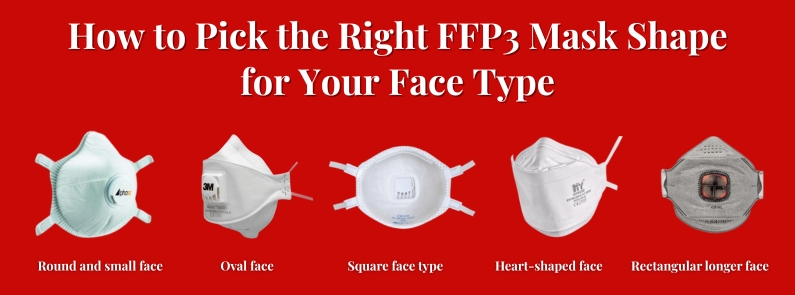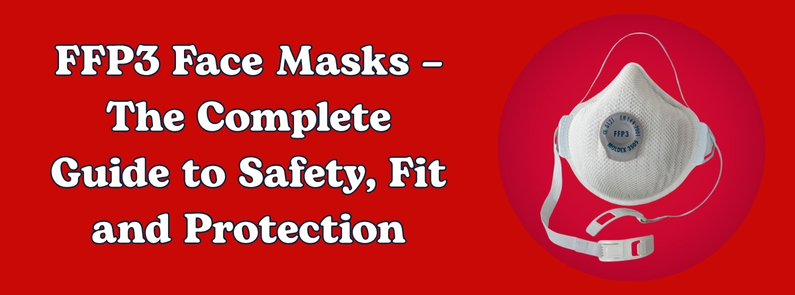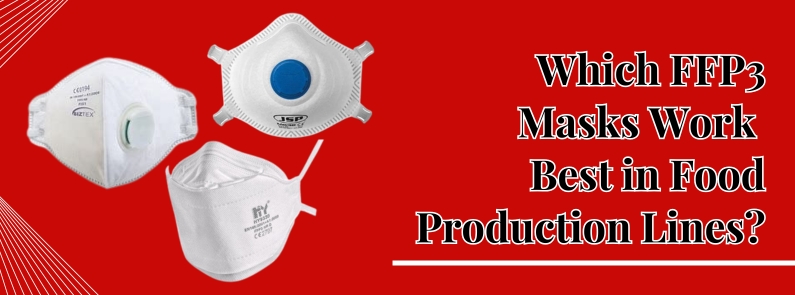
When formulating a health and safety policy, it's natural to prioritize visible threats such as perilous falls, rough surfaces, swift machinery, and fire hazards in the workplace. However, it's crucial to consider not only visible dangers but also auditory ones.
Although noise control may not seem like a crucial safety issue, the reality is that excessive noise in the workplace can lead to severe health problems for employees. Hence, employers have a legal obligation to address noise hazards with the same level of attention and urgency as any other health and safety matter.
Therefore, those responsible for health and safety must focus on potential hearing hazards in the workplace and take measures to ensure that all staff members have access to the necessary hearing protection equipment to perform their duties safely.
Understanding the Concept of Hearing Loss
What is the level of noise required to cause harm to an individual's hearing? A person's hearing can be damaged if they are exposed to an average of 85 decibels of noise for 8 hours. To put this into perspective, consider that normal conversations are usually conducted at 60 decibels, far below the damaging threshold. When using headphones as speakers, the music is often played at full volume, which can reach 105 decibels. However, it's important to note that for every 3 decibels increase above 85 decibels, hearing loss can occur in half the time. Hence, exposure to 88 decibels for just 4 hours can cause hearing damage, and exposure to 91 decibels for 2 hours can result in hearing loss. Once the noise level exceeds 100 decibels, a person can experience hearing damage in as little as 15 minutes. The louder the noise, the quicker the hearing loss occurs.
Importance of Workplace Hearing Protection
Despite increased awareness, noise-induced hearing loss caused by workplace practices remains a persistent issue. The Health and Safety Executive (HSE) reports that between 2015-16 and 2017-18, an estimated 23,000 workers in the UK suffered from work-related hearing problems. In 2017 alone, 70 claims were filed for work-related deafness. The industries identified by the HSE as having the highest risk of work-related hearing problems include the extraction, energy, and water supply sectors, as well as manufacturing and construction.
Exposure to loud noises at work can lead to temporary deafness that can last for several hours, and repeated exposure to high volume can cause permanent hearing damage. This is particularly prevalent in workplaces that frequently use loud machinery such as power tools and heavy-duty vehicles, or in jobs that involve repetitive heavy hammering or explosions.
Legally Required Responsibilities for Employers
UK employers cannot neglect their duties in this regard. According to HSE regulations, employers have the following obligations:
- Provide employees with hearing protection if the workplace noise exceeds a certain level or if specifically requested. They must also ensure that these protectors are used and maintained correctly.
- Identify hearing protection zones, areas where the use of hearing protectors is mandatory, and display signs if possible.
- Provide all employees with training and information on the proper use and care of their hearing protectors.
Therefore, investing in the right hearing protection equipment is not just a responsible action, but also a wise business decision. It helps organizations provide a safe working environment for their staff and ensures compliance with health and safety regulations.
Types of Hearing Protection Equipment
When it comes to safeguarding workers' hearing, there are two main options for hearing protection equipment: ear plugs and ear muffs. Both have their own advantages and disadvantages, and the best choice will depend on the specific needs of the workplace.
Reusable Ear Plugs:
Reusable earplugs are designed to fit directly into the ear canal and provide protection against both excessive noise and foreign objects such as wind and water. They can be made of materials like foam and are usually disposable.
The benefits of ear plugs include affordability and effective noise reduction, with different types available that block different sound frequencies.
Ear Muffs:
Ear muffs (also known as ear defenders) consist of protective cushions that cover the ears and are attached to a headband or hard hat.
The benefits of ear muffs include ease of use, thermal insulation, and comfort for workers. However, they can be bulkier and less comfortable than earplugs, particularly in hot working conditions.
Conclusion
At Respirator Shop, we understand that the well-being of employers and their employees is of utmost importance. We provide high-quality and effective protective equipment to employers and employees to keep themselves safe while working in a hazardous work environment. Check out our website to explore our range of products for hearing protection in the workplace.




